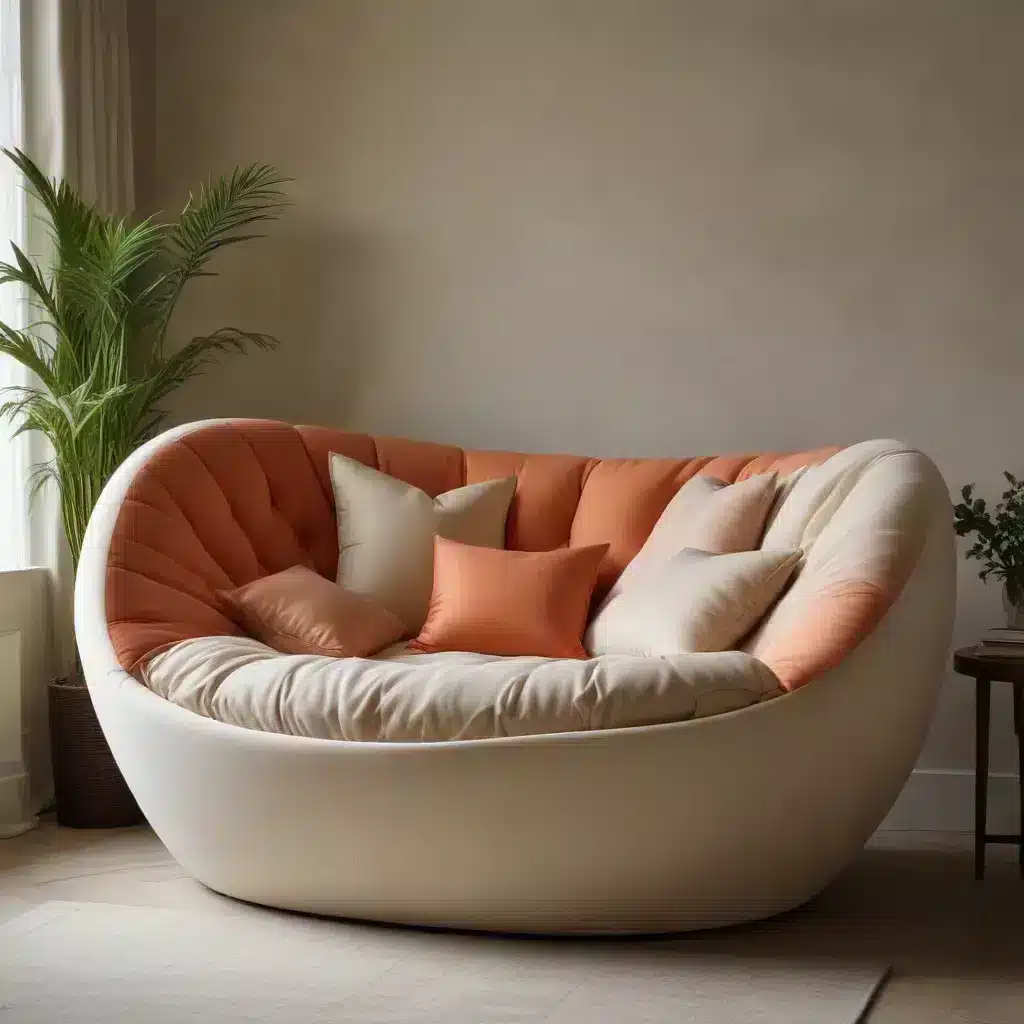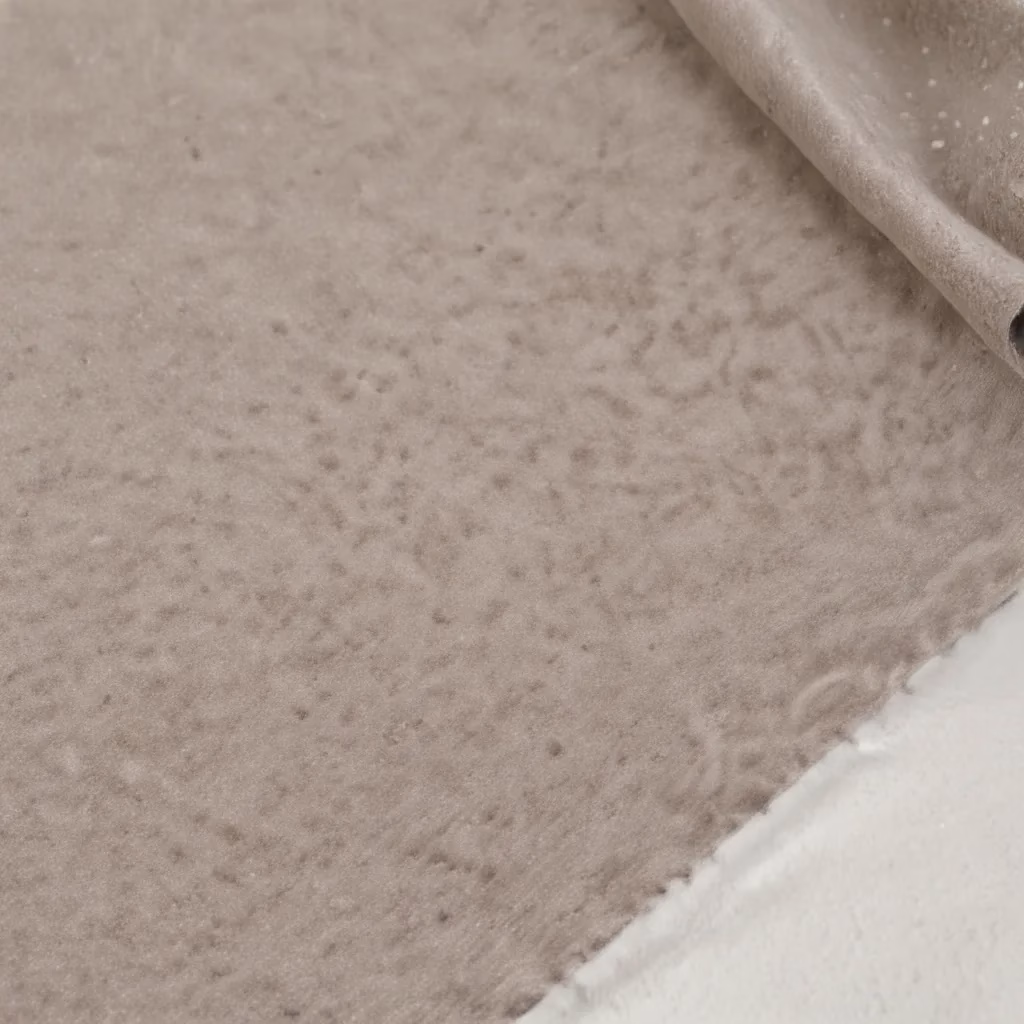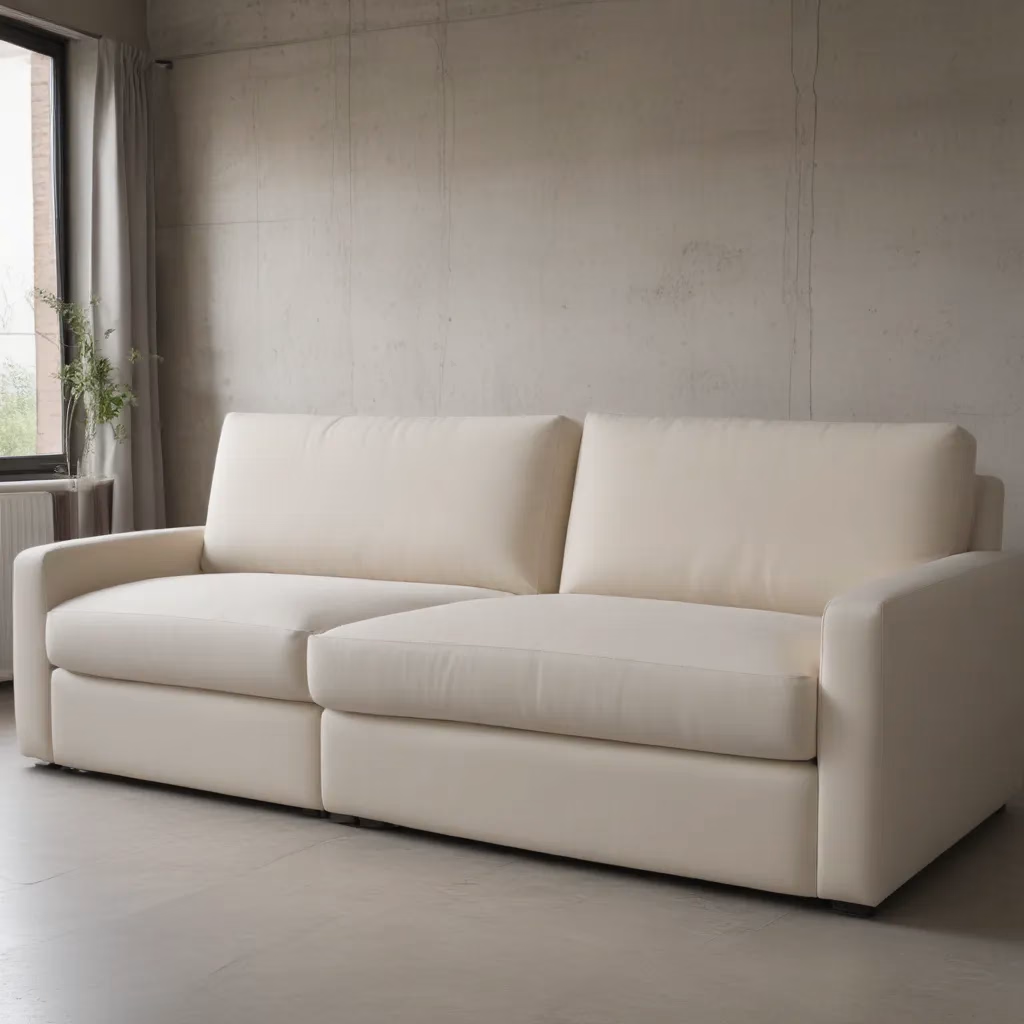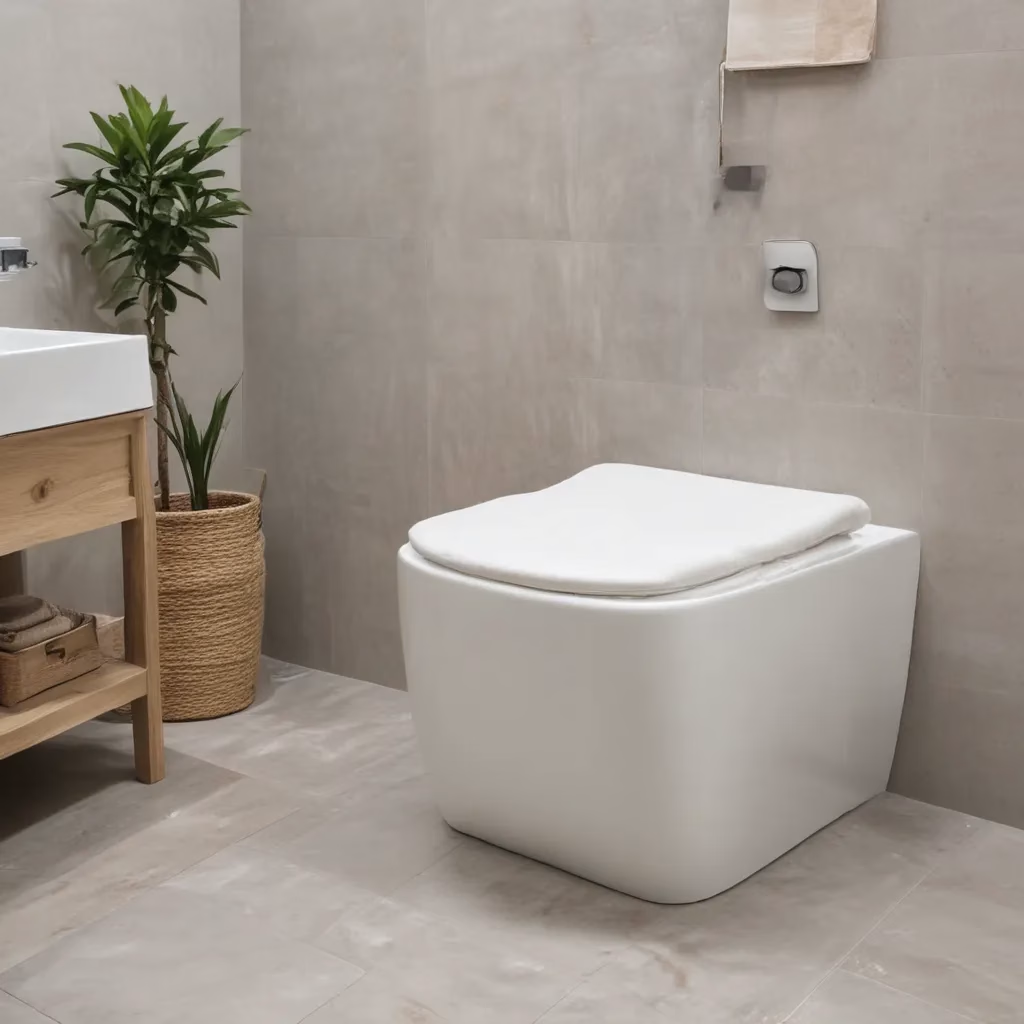
The Art of Choosing Upholstery Fabrics
As a furniture specialist with years of experience, I’ve seen countless sofas and helped numerous clients find their perfect seating solution. One of the most critical aspects of sofa selection is choosing the right upholstery fabric. It’s not just about aesthetics; it’s about creating a cozy cocoon that envelops you in comfort.
When I first started in this industry, I underestimated the impact fabric choice could have on the overall feel of a room. But over time, I’ve learned that the texture, durability, and color of upholstery can make or break a living space. It’s like choosing the perfect outfit for your sofa – it needs to look good, feel great, and stand up to daily wear and tear.
Let’s talk about texture. Have you ever run your hand over a velvet sofa and felt instantly luxurious? Or sunk into a plush microfiber sectional that seemed to hug you back? These are the experiences we aim to create when selecting fabrics. I always encourage my clients to touch and feel samples before making a decision. After all, your sofa isn’t just for show; it’s for living.
Durability Meets Design: Fabric Selection for Longevity
Now, let’s address the elephant in the room – durability. We all want our sofas to look fabulous, but they also need to withstand the rigors of daily life. I’ve seen too many beautiful pieces succumb to spills, pet claws, and the occasional jumping child. That’s why I always stress the importance of choosing fabrics that can handle your lifestyle.
For families with young children or pets, I often recommend performance fabrics. These modern marvels are engineered to resist stains, repel liquids, and withstand abrasion. I remember working with a couple who were hesitant about light-colored upholstery because of their energetic toddler. We found a performance fabric in a soft cream that not only looked stunning but also survived countless juice spills and crayon marks. It was a game-changer for them!
But durability doesn’t mean sacrificing style. Today’s performance fabrics come in a wide array of textures and patterns. From sleek, modern weaves to classic patterns, there’s something for every taste. I’ve even seen performance velvets that can stand up to a household full of cats without losing their luxurious sheen.
Color Psychology in Upholstery: Setting the Mood
Color is another crucial factor in fabric selection. It’s not just about matching your decor; it’s about creating the right atmosphere in your living space. I always ask my clients how they want to feel when they enter the room. Calm and serene? Energized and inspired? The color of your sofa can play a big role in setting that mood.
For example, I worked with a client who wanted to create a tranquil reading nook. We chose a soft, misty blue upholstery for her armchair. The result was a space that felt like a peaceful oasis, perfect for unwinding with a good book. On the other hand, I’ve also helped design vibrant family rooms with bold, jewel-toned sofas that became the focal point of lively gatherings.
Remember, neutral doesn’t have to mean boring. Some of the most sophisticated interiors I’ve created use subtle variations in texture and tone to add depth to a neutral palette. A creamy white sofa with a nubby texture can be just as eye-catching as a brightly colored one.
The Comfort Factor: Fabrics That Feel as Good as They Look
Comfort is king when it comes to sofas, and the fabric plays a huge role in how comfortable your seating feels. I always encourage my clients to think about the climate they live in and how they use their space. In warmer regions, breathable natural fibers like cotton or linen can help keep you cool. For those chilly winter evenings, nothing beats sinking into a plush, warm fabric.
I once worked with a client who loved the look of leather but found it too cold and sticky. We found a faux leather option that had all the visual appeal of genuine leather but with a softer, more temperature-stable feel. It was the perfect compromise between style and comfort.
Another aspect of comfort is how the fabric feels against your skin. This is especially important for those lazy Sunday afternoons when you’re lounging in shorts or a t-shirt. I always recommend testing fabrics by sitting on them for a few minutes. You’d be surprised how different a fabric can feel after 15 minutes compared to a quick touch.
Maintaining Your Upholstery: Tips for Long-lasting Beauty
Choosing the right fabric is only half the battle; maintaining it is equally important. I’ve seen too many beautiful sofas lose their luster due to improper care. That’s why I always provide my clients with detailed care instructions for their specific upholstery.
For most fabrics, regular vacuuming is key. It removes dust and debris before it can settle into the fibers. I recommend using a soft brush attachment and going over the entire surface, including the crevices and under the cushions. For leather and faux leather, a quick wipe with a slightly damp cloth can work wonders.
When it comes to spills, quick action is crucial. Blot, don’t rub! Rubbing can push the stain deeper into the fibers or damage the fabric’s surface. I always suggest keeping a fabric-specific stain remover on hand for emergencies. And remember, when in doubt, consult a professional. I’ve seen too many DIY cleaning attempts go wrong.
The Role of Texture in Interior Design
Texture is often overlooked in favor of color and pattern, but it’s a powerful tool in creating a cohesive and inviting space. I love mixing textures to add depth and interest to a room. A smooth leather sofa paired with a chunky knit throw and some silky pillows creates a rich, layered look that invites touch and exploration.
I remember working on a project where the client wanted a monochromatic living room. By using a variety of textures – a nubby bouclé on the sofa, a sleek velvet on the armchairs, and a plush shag rug – we created a space that was visually interesting and incredibly tactile, all while sticking to a single color palette.
Don’t be afraid to mix and match textures. Some of the most successful interiors I’ve designed play with contrasts – rough and smooth, matte and shiny, soft and hard. It’s all about finding the right balance.
Sustainable Fabrics: The Future of Upholstery
As we become more environmentally conscious, I’ve seen a growing interest in sustainable upholstery options. Many of my clients are now asking for eco-friendly fabrics, and I’m thrilled to see the industry responding with innovative solutions.
Recycled polyester is becoming increasingly popular. Made from post-consumer plastic bottles, it’s a durable and sustainable option that can mimic the feel of traditional fabrics. I’ve used it in several projects, and my clients have been amazed at how soft and luxurious it feels.
Natural fibers like organic cotton, hemp, and bamboo are also gaining traction. These materials are renewable, biodegradable, and often require less water and fewer pesticides to produce. Plus, they have a beautiful, organic texture that adds warmth to any space.
Pattern Play: Making a Statement with Your Upholstery
While solid colors are classic, patterned upholstery can be a fantastic way to add personality to your space. I’ve seen a resurgence in bold, graphic prints in recent years, and I’m here for it! A patterned sofa can be the perfect focal point in an otherwise neutral room.
When working with patterns, scale is key. A large-scale print can make a small room feel even smaller, while a tiny print might get lost on a large sofa. I always consider the size of the furniture and the room when selecting patterned fabrics.
One of my favorite tricks is to use a bold pattern on a smaller piece, like an armchair or ottoman, and keep the larger pieces more neutral. This allows you to make a statement without overwhelming the space. And remember, you can always add patterned throw pillows to a solid sofa for a pop of interest that’s easy to change up.
The Impact of Lighting on Fabric Selection
Something that’s often overlooked in fabric selection is the impact of lighting. The same fabric can look completely different under natural daylight versus artificial lighting. I always recommend viewing fabric samples in the room where the sofa will be placed, at different times of day.
I once had a client who fell in love with a beautiful blue velvet in our showroom. But when we brought the sample to her home, which had warm, amber-toned lighting, the fabric looked almost green. We ended up choosing a different shade that looked perfect in her space.
Don’t forget about the direction your windows face, either. North-facing rooms tend to get cooler, bluer light, while south-facing rooms get warmer, golden light. This can significantly affect how colors appear.
Custom Upholstery: Tailoring Your Sofa to Perfection
For those who want something truly unique, custom upholstery is the way to go. I’ve worked on several custom projects, and it’s always exciting to see a client’s vision come to life. Custom upholstery allows you to choose not just the fabric, but also the exact dimensions, cushion firmness, and even the style of the legs or arms.
I remember working with a tall client who was tired of sofas that were too short for him to comfortably recline on. We designed a custom sectional with extra-deep seats and high backs that fit him perfectly. It was a game-changer for his comfort and completely transformed how he used his living room.
Custom upholstery also opens up a world of fabric possibilities. You’re not limited to what’s available in standard furniture lines. Want a vintage silk scarf turned into throw pillows? Or a family tartan as an accent fabric? With custom work, the sky’s the limit.
The Psychology of Texture: How Fabrics Affect Our Mood
As a furniture specialist, I’ve always been fascinated by how different textures can affect our mood and behavior. Soft, plush fabrics like velvet or chenille can create a sense of comfort and relaxation. They invite you to sink in and stay awhile. On the other hand, smoother, cooler fabrics like leather or linen can feel more formal and energizing.
I’ve noticed that clients tend to gravitate towards different textures depending on how they want to use the space. In a formal living room, they might choose a crisper, more structured fabric. For a family room or den, they often prefer something softer and more forgiving.
It’s not just about how the fabric feels to touch, either. The visual texture of a fabric can have a big impact on the overall feel of a room. A rough, nubby texture can add warmth and coziness, while a smooth, shiny fabric can make a space feel more polished and glamorous.
Blending Old and New: Reupholstering Vintage Pieces
One of my favorite projects is helping clients breathe new life into vintage furniture through reupholstering. There’s something special about preserving the bones of a well-made piece while giving it a fresh, modern look with new fabric.
I recently worked on a project where we reupholstered a set of mid-century armchairs that had been in the client’s family for generations. The original olive green velvet was worn and dated, but the lines of the chairs were beautiful. We chose a contemporary geometric print in shades of grey and yellow, which complemented the client’s modern decor while honoring the chairs’ vintage roots.
Reupholstering is also a great way to get high-quality furniture at a fraction of the cost of buying new. Many vintage pieces are built to last, with solid hardwood frames that you rarely see in today’s mass-produced furniture. With the right fabric choice, these pieces can become true statement pieces in your home.
The Future of Upholstery: Smart Fabrics and Beyond
As we look to the future, I’m excited about the innovations happening in the world of upholstery fabrics. Smart fabrics that can change color or pattern at the touch of a button are no longer science fiction. While they’re not yet widely available for home use, I’ve seen prototypes that are truly mind-blowing.
Imagine being able to change your sofa from a solid color to a bold print for a party, or adjusting the color to match the seasons. These technologies are still in development, but they hint at a future where our furniture can be as dynamic and changeable as our moods.
Another exciting development is in the realm of self-cleaning fabrics. Using nanotechnology, these fabrics can break down stains and odors when exposed to light. While they’re currently more common in clothing, I’ve started to see them appear in upholstery applications, particularly for outdoor furniture.
As we continue to push the boundaries of what’s possible with upholstery fabrics, one thing remains constant: the importance of comfort and style in our living spaces. No matter how advanced our fabrics become, they still need to create that cozy cocoon that makes a house feel like home.
In conclusion, choosing the right upholstery fabric is a blend of art and science, combining aesthetics with practicality. Whether you’re selecting a fabric for a new sofa or reupholstering a beloved piece, take the time to consider all aspects – from durability and comfort to color and texture. And remember, your sofa is more than just a piece of furniture; it’s the heart of your living space, where memories are made and life happens. Choose a fabric that not only looks beautiful but also enhances your daily life and reflects your personal style.



